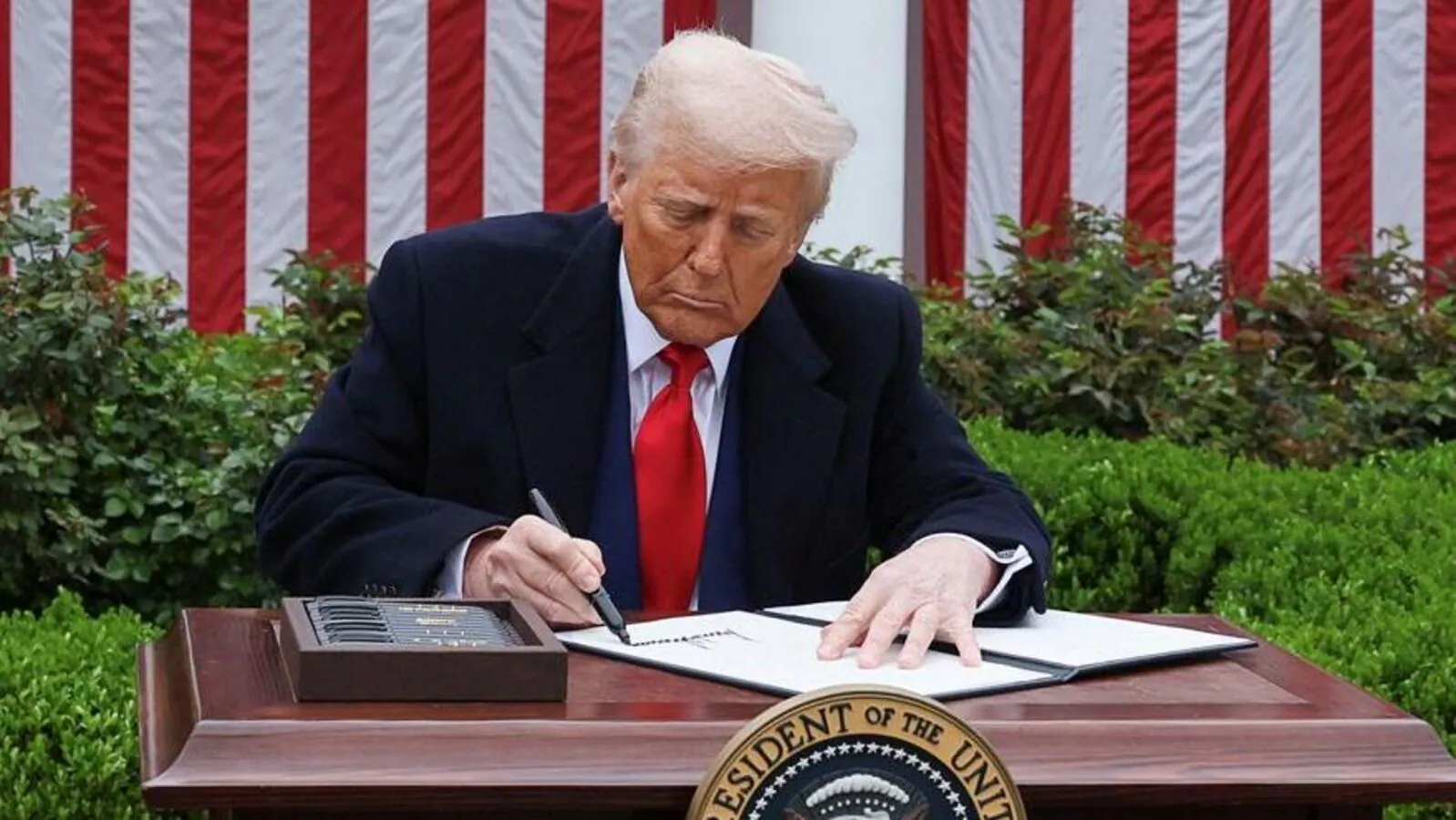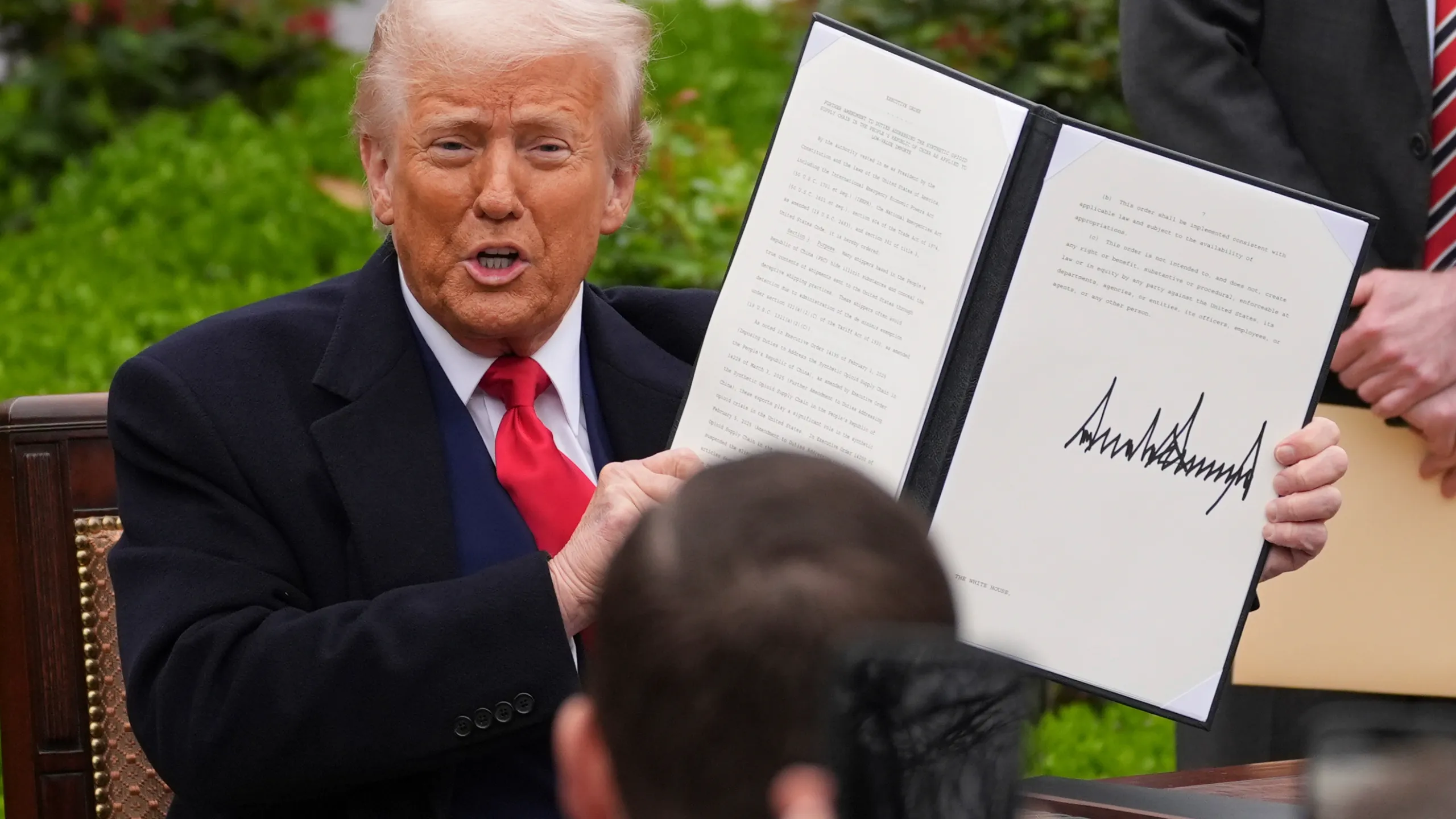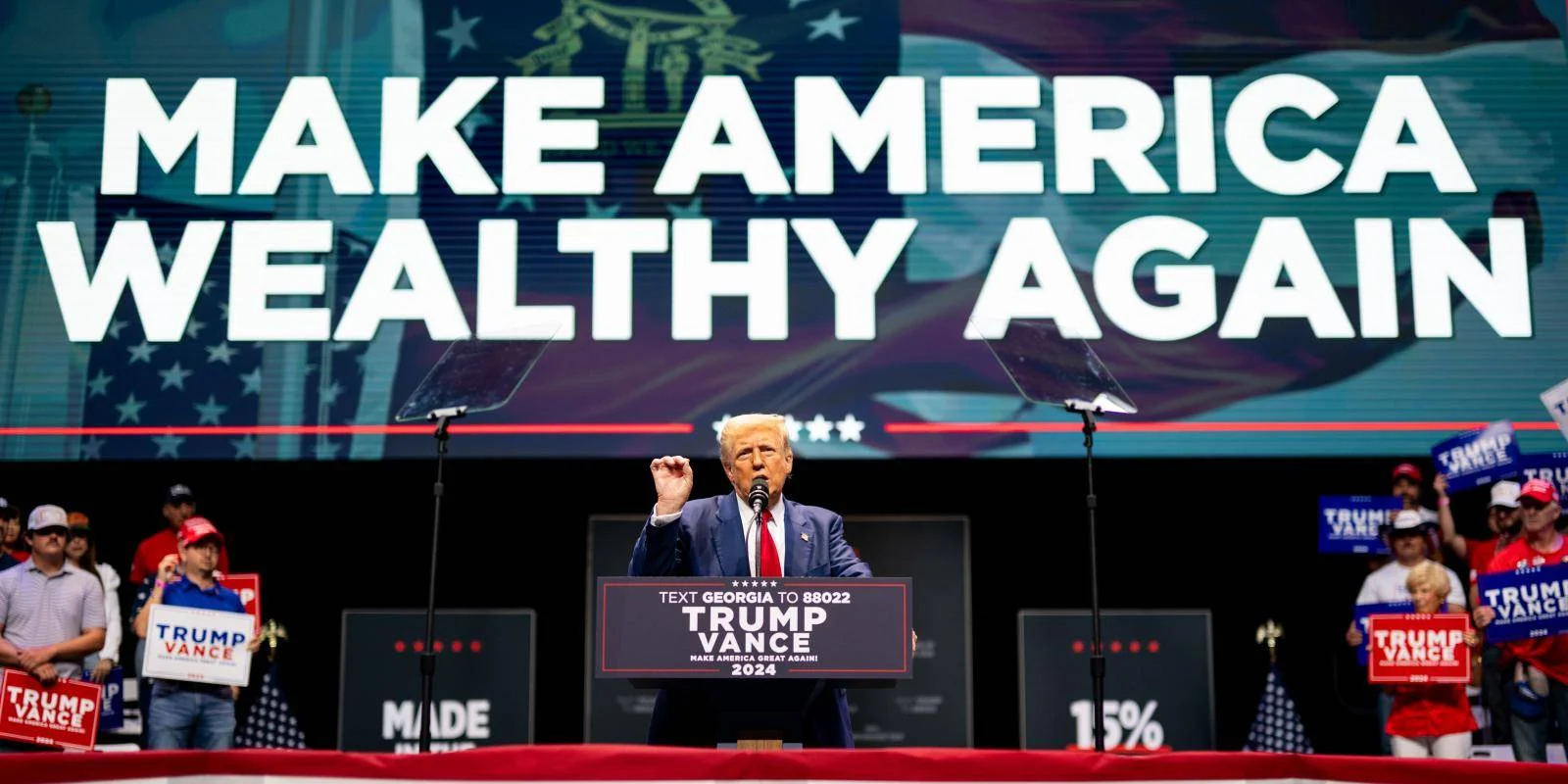
Trump Unveils Historic Global Tariffs Impacting – A Pivotal Shift in Global Trade Policy
In a move that has sent shockwaves through international markets and redefined the landscape of global trade, former President Donald Trump announced a comprehensive set of new tariffs spanning multiple countries and industries worldwide. This decision, heralded as “historic” by some and controversial by others, marks a significant turning point in the approach of the United States toward international commerce. The implications of these tariffs are profound, not only for the US economy but also for global economic stability and diplomatic relations.
Background: The Context Behind the Tariffs
Prior to this announcement, the US had already engaged in several trade disputes, notably with China, which had led to tariffs on billions of dollars worth of goods. These measures aimed to protect domestic industries, address trade imbalances, and promote American manufacturing. However, the recent sweeping tariffs go beyond previous measures, targeting a broad spectrum of nations and sectors.
The rationale provided by the Trump administration emphasizes concerns over unfair trade practices, intellectual property theft, and national security issues. The new tariffs are positioned as tools to rebalance global trade, ensuring that American workers, industries, and innovation are protected from what the administration considers predatory practices.
The Details of the Historic Tariff Rollout
The Scope and Coverage
- Global Reach: Unlike previous tariffs focused mainly on China or specific partners, these new measures encompass multiple countries across different continents, including allies and strategic partners.
- Varied Sectors: Key sectors affected include technology, agriculture, manufacturing, and energy. Tariffs target specific products such as steel, aluminum, pharmaceuticals, agricultural exports, and consumer electronics.
- Incremental Implementation: The tariffs are being introduced in phases, allowing markets to adjust gradually while signaling the US’s firm stance on trade reforms.
Intended Outcomes and Strategic Goals
- Protecting Domestic Industries: To bolster US manufacturing capacity and safeguard jobs in sectors vulnerable to foreign competition.
- Negotiating Leverage: To strengthen the US’s position in ongoing trade negotiations, compelling other nations to revise unfair trade agreements.
- Addressing National Security Concerns: To reduce reliance on potentially hostile countries for critical goods and technologies.
Economic Impact: Analyzing the Short and Long Term
Immediate Market Reactions
The announcement of these tariffs triggered immediate volatility in global financial markets. Stock indices saw sharp fluctuations, with some sectors experiencing gains while others plummeted. Investors expressed concerns over increased costs, potential supply chain disruptions, and retaliatory measures from targeted countries.
Impact on the US Economy
- Consumer Prices: Likely to rise as tariffs increase the cost of imported goods, impacting households and retail sectors.
- Manufacturing and Exportation: Export-dependent industries may face tariffs retaliated by other nations, potentially reducing US exports.
- Inflationary Pressures: Elevated tariffs might contribute to inflation, affecting monetary policy decisions and consumer purchasing power.
International Repercussions
Targeted countries have signaled potential retaliatory tariffs on US exports, which could escalate into a trade war. Such measures threaten to destabilize global supply chains, disrupt international trade flows, and slow economic growth worldwide.
Moreover, strained diplomatic relations could hamper international collaborations on issues ranging from climate change to security alliances.
Global Political and Diplomatic Perspectives
Domestic Political Reactions
The tariff announcement has been a polarizing subject domestically. Supporters argue that it is a necessary step to restore American economic sovereignty and protect jobs. Critics, however, warn that it could lead to trade wars, harm consumers, and undermine international relations.
International Responses
Several countries have voiced concerns and announced retaliatory measures, highlighting the risk of escalating tensions. Major trade partners, including the European Union, Canada, and Mexico, are scrutinizing options to defend their industries while seeking diplomatic channels to de-escalate potential conflicts.
Negotiations are underway, with some nations proposing exemptions or revisions to the tariffs, but the dominant tone remains cautious and tense.
Future Outlook: Predictions and Potential Outcomes
- Continued Trade Tensions: The tariffs could provoke a prolonged trade dispute, impacting global economic stability for years to come.
- Market Volatility: Financial markets may experience ongoing fluctuations as new developments unfold.
- Policy Adjustments: It remains possible that diplomatic negotiations or economic pressures will lead to modifications or relaxations of the tariffs.
- Impact on Global Supply Chains: Companies might diversify sourcing strategies or relocate production to mitigate risks associated with tariffs.
Conclusion: A Defining Moment in Global Trade
The introduction of these historic tariffs signifies a decisive shift in US trade policy, with far-reaching implications that will be analyzed and debated for years to come. While aimed at promoting economic sovereignty and fair trade practices, the move also risks igniting a broader global economic conflict. Navigating this complex terrain requires careful diplomatic engagement and strategic foresight from all involved nations.
In the coming months, markets, industries, and policymakers will closely monitor how these tariffs evolve, seeking to balance national interests with the stability of the global economy.
For more updated news please keep visiting Prime News World.









